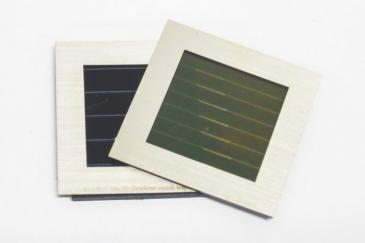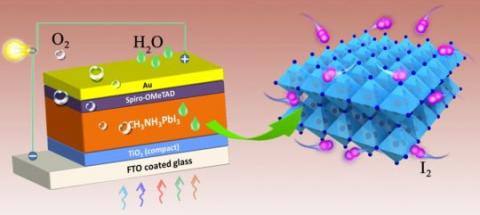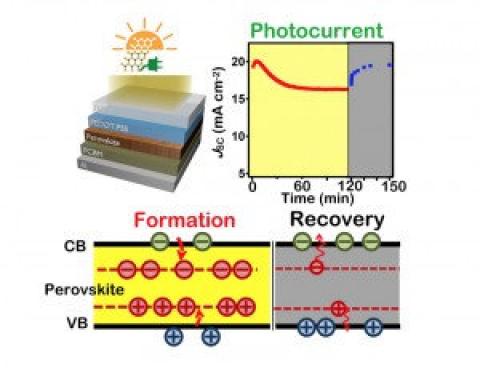Imperial College team investigates the source of perovskite PVs performance issues
Scientists at Imperial College London have conducted experiments to follow the direction in which electrons move in perovskite solar cells when they are generated with a short pulse of light. They found that the mobile charged defects are still present even in solar cells with very efficient contact materials, despite these cells showing no hysteresis. Hysteresis was only found when cells suffered the combined effects of both the defects and poor selectivity at the contacts.

perovskite films contain charged defects that tend to impair their performance. Slow movement of these defects is thought to be responsible for a process known as hysteresis, which leads to irregularities in the efficiency with which light is converted to electrical current. Light-generated electricity exits the solar cell in the form of electrons to be harnessed. This is done via 'contacts' that sandwich the light-absorbing film. Previously, scientists have managed to address hysteresis by using more 'selective' contact materials that ensure a one-way flow of electrons out of the solar cell.




